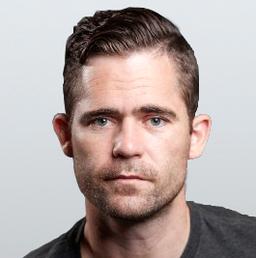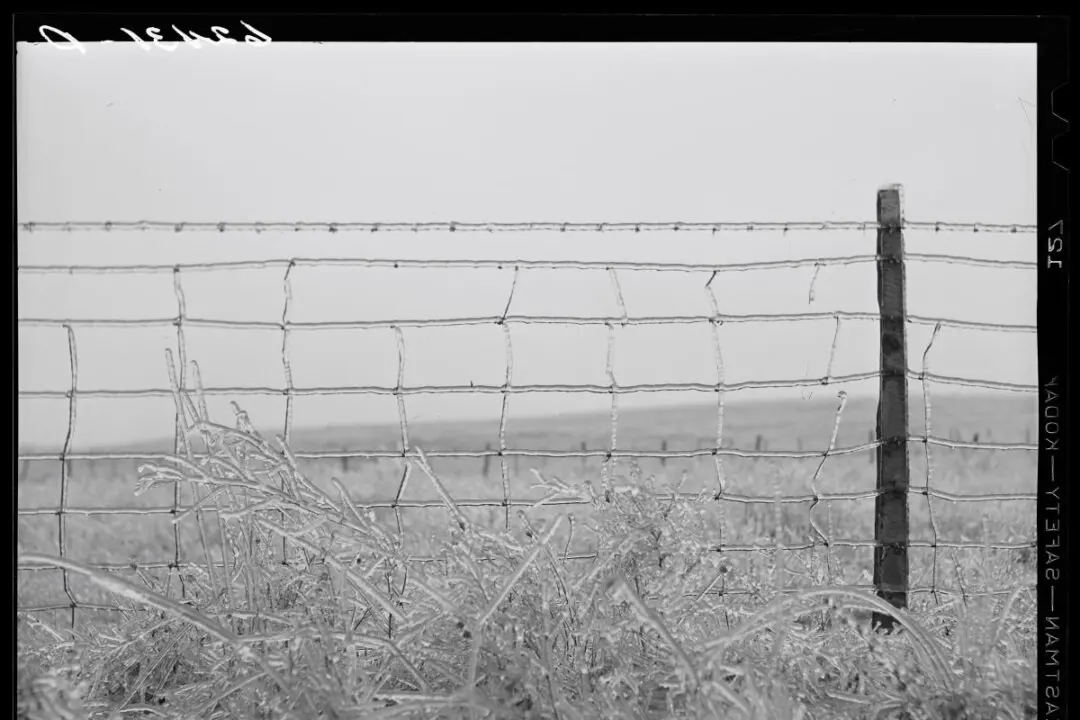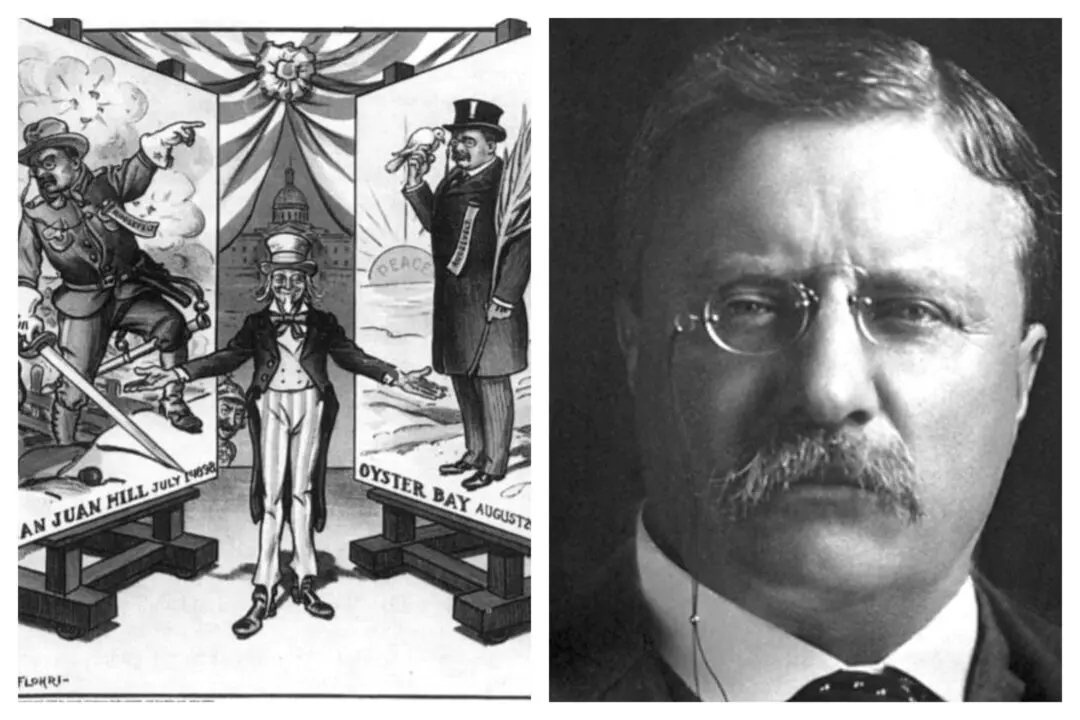When John A. Roebling completed the Covington-Cincinnati Bridge in 1866, it was the longest suspension bridge in the world. Shortly after completing the bridge, which crossed the Ohio River, he was hired to design the Brooklyn Bridge. This bridge would surpass the length of the Covington-Cincinnati Bridge by a third. Roebling, unfortunately, would die before he could witness the construction of the New York City-based structure; but his son Washington and daughter-in-law Emily would complete the project in his stead.
Roebling’s influence was arguably most strongly felt by his immediate family and his legacy most attached to the Brooklyn Bridge. But approximately 25 years after his death, a young engineer would incidentally be influenced by Roebling and would directly extend the suspension bridge builder’s legacy to the other side of the country in San Francisco.






